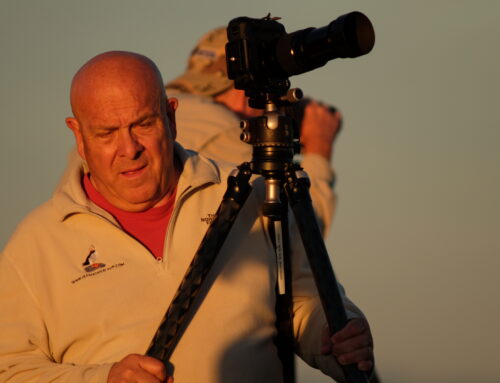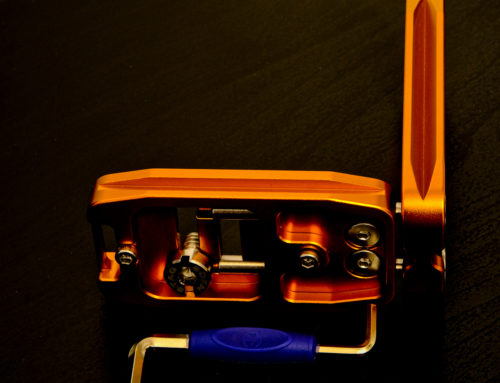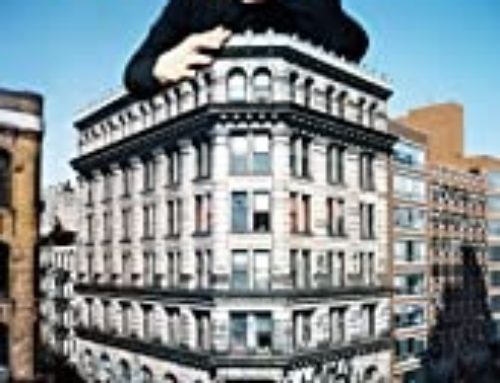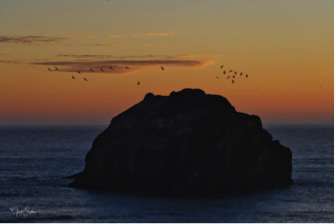
About a year or so ago I began using lens filters from Breakthrough Photography. I bought them myself, so I don’t owe the nice folks at Breakthrough Photography a great review, but as you’ll see by reading this article, I simply love their products. I feel Breakthrough Photography’s filters are the best filters for my needs for many reasons. Yes, there are many suppliers of filters these days all claiming to be the best. Many are really good but not great. NOTE: I am not into specialized filters like gold-blue, etc. that provide color shift to unrealistically depict a scene. I use filters only to improve conditions or to slow things down and create altered states of movement within the scene.
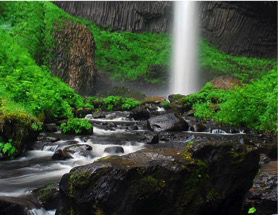 It always amazes me, while conducting my workshops, how folks have high quality, expensive lenses and use cheap and subpar filters. It’s like putting re-tread tires on a Rolls Royce! Putting additional glass, no matter what brand you choose, on a great lens is something to try and avoid, however, when you do need that polarizer or ND, make sure it’s a top quality one.
It always amazes me, while conducting my workshops, how folks have high quality, expensive lenses and use cheap and subpar filters. It’s like putting re-tread tires on a Rolls Royce! Putting additional glass, no matter what brand you choose, on a great lens is something to try and avoid, however, when you do need that polarizer or ND, make sure it’s a top quality one.
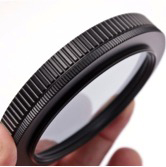 For years I had an old Nikon Polarizer. (left) You might remember the ones where the outer thread was larger than the screw-in thread size. These were truly great polarizers. I experimented with some other brands to try and replicate their quality, but none did until I tried the ones from Breakthrough Photography. There are two things important to me in a filter. One is glass quality. In my opinion, Breakthrough uses the highest quality glass around (Schott B270 Ultra white optical glass) as well as the protective MRC-16 coatings. These coatings consist of eight layers applied to the front and back on the filter element. The MRC16 treatment causes dirt and moisture to effectively slide right off the face of the filter and are physically harder than the glass itself.
For years I had an old Nikon Polarizer. (left) You might remember the ones where the outer thread was larger than the screw-in thread size. These were truly great polarizers. I experimented with some other brands to try and replicate their quality, but none did until I tried the ones from Breakthrough Photography. There are two things important to me in a filter. One is glass quality. In my opinion, Breakthrough uses the highest quality glass around (Schott B270 Ultra white optical glass) as well as the protective MRC-16 coatings. These coatings consist of eight layers applied to the front and back on the filter element. The MRC16 treatment causes dirt and moisture to effectively slide right off the face of the filter and are physically harder than the glass itself.
Second, they are the sharpest and most color-neutral filters I have tried. Yes, folks, there is a difference. There is absolutely NO color shift with Breakthrough Photography products, both polarizers, ND’s and graduated ND’s. Additionally, the build is second to none. They use only brass traction frames, not plastic. Polarizers and ND’s are weather-sealed and coated to prevent smearing and absorption. Again, all this makes a difference in operation and longevity.
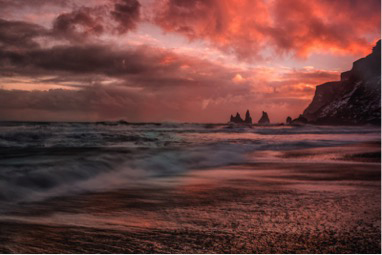
MAGNETIC FILTERS
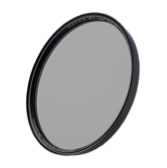 Recently Breakthrough Photography introduced a complete line of magnetic filters. All perform perfectly. The real advantage is in how quick you can get your filter on your camera when the light is happening. Secondly, and more important, there is now NO light leakage between the filter and lens. This makes a big difference in image results. A new-improved adaptor ring is going to provide ease of operation in turning your polarizer. Magnetic is the way to go. These folks at Breakthrough get it!
Recently Breakthrough Photography introduced a complete line of magnetic filters. All perform perfectly. The real advantage is in how quick you can get your filter on your camera when the light is happening. Secondly, and more important, there is now NO light leakage between the filter and lens. This makes a big difference in image results. A new-improved adaptor ring is going to provide ease of operation in turning your polarizer. Magnetic is the way to go. These folks at Breakthrough get it!
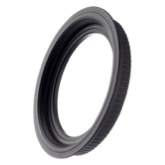
Magnetic Filter Holder
USING YOUR POLARIZER

With Breakthrough’s X4CPL Polarizer
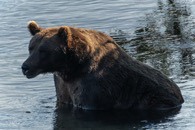
No Polarizer
First, when do you need one?
- Cut down glare
- Intensify color
- Make clouds and color pop
- Slow down the shutter speed
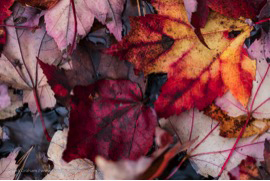
Here a polarizer eliminated glare and intensified color.
When to avoid using a polarizer
- When you want to use reflections in the foreground, especially on wet surfaces.
- Low Light, Foggy situations
- When the light is very intense, and you have wet surfaces
- When shooting rainbows
- Night photography

No polarizer used here. Why? I wanted to keep the reflections and because of the foggy, overcast conditions.
EFFECTS OF NEUTRAL DENSITY FILTERS

Using Breakthrough Photography’s X4-6 stop ND. 15-second exposure.
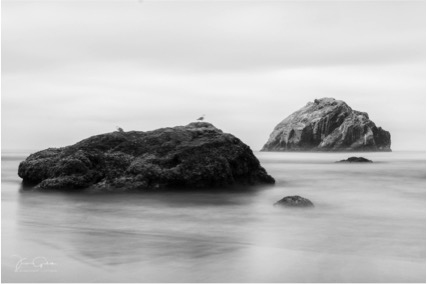
Using Breakthrough Photography’s X4-10 stop ND. 120-second exposure.
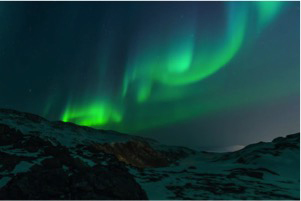 Breakthrough Photography is always looking to improve and develop new products. Recently they developed what they call a NIGHT SKY filter. This filter eliminates light pollution by filtering out wavelengths of light that are responsible for most haze and light pollution (orange/yellow, greens and some magentas).
Breakthrough Photography is always looking to improve and develop new products. Recently they developed what they call a NIGHT SKY filter. This filter eliminates light pollution by filtering out wavelengths of light that are responsible for most haze and light pollution (orange/yellow, greens and some magentas).
I live in the Pacific Northwest where it’s been smoky due to fires and not conducive to getting out and trying it yet. However, in two weeks I’ll be in the 4 corners area of the USA and will get to try it. People who have used it report to me that it’s quite a good thing to use when shooting the night sky.
However, friends who have used it rave about it. I’ll report back in a few weeks. Below is a map showing the areas with the worst light pollution.
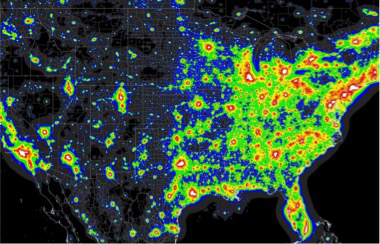
WHAT’S IN MY BAG
All Breakthrough Photography products:
X4 CPL (Polarizer)
X4 Neutral Density Filters 3, 6 and 10 Stop
X4 UV
DO YOU REALLY NEED A UV FILTER?
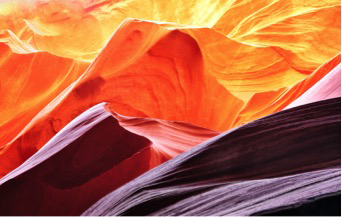 Did you know that UV filters are no longer necessary on digital cameras? Film cameras were sensitive to UV rays. Digital sensors are not. Many photographers still use them. Why? I believe this is largely because folks at the local camera store make some profit by selling them. UV filters don’t impact the image quality but using one can degrade the image itself (issues such as lens flare or an unwanted vignette).
Did you know that UV filters are no longer necessary on digital cameras? Film cameras were sensitive to UV rays. Digital sensors are not. Many photographers still use them. Why? I believe this is largely because folks at the local camera store make some profit by selling them. UV filters don’t impact the image quality but using one can degrade the image itself (issues such as lens flare or an unwanted vignette).
The salesperson in the store may tell you that a UV will protect the front of your lens from scratches. Really? If the UV glass breaks it could potentially scratch the attached lens. Additionally, a filter isn’t going to help if you drop the lens. OK, but I stated I own one so when do I use it. I use it in only one circumstance. If I am on a beach or desert with blowing sand, then I will use one. That is the only time I will. Here is an interesting and funny video.
Use filters wisely. When you need the best, check out the products from Breakthrough Photography!
Text and images © Jack Graham All Rights reserved.


